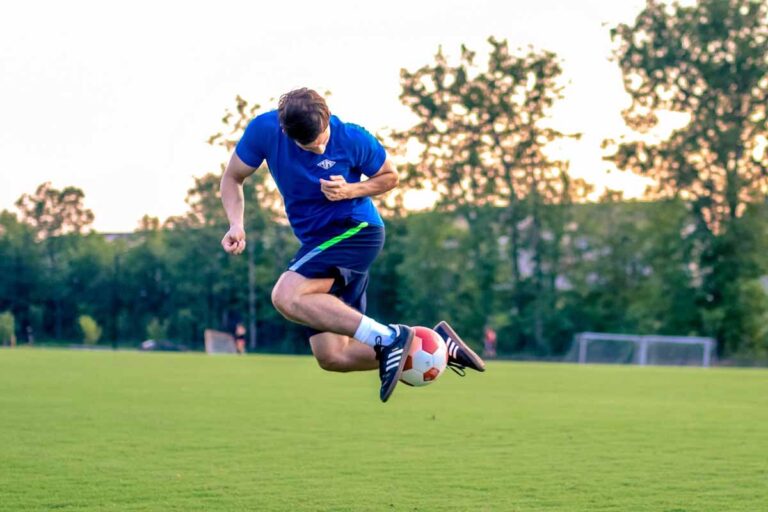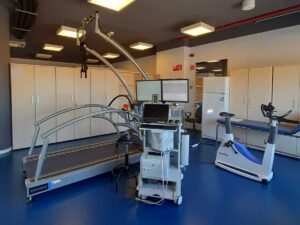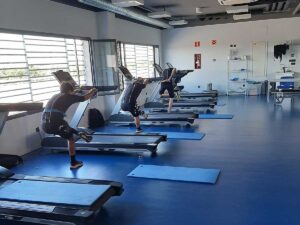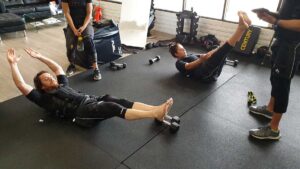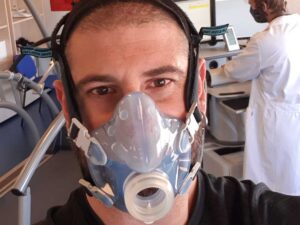Introduction
The objective of this study was to implement a dynamic EMS program for the whole body in the seasonal training routine of elite soccer players, based on our previous studies to investigate the effects on maximum strength, performance of speed and jump, and kicking capacity. Another objective of this study was to investigate the effects on hormonal parameters (insulin-like growth factor 1) and enzymatic parameters (creatin kinase) to explain possible adaptation mechanisms such as hypertrophy.
Method
Twenty-two professional male soccer players, competing in the 4th division of the German Soccer Federation, voluntarily participated in this study. The subjects were divided into two groups:
- WB-EMS group (n=12).
- Jump group (control group) (n=10).
Random training was conducted that includes a jump training group with simultaneous EMS and a jump training group without EMS as a control group to investigate the effects of the WB-EMS stimulus on maximum strength and performance. A WB-EMS protocol was applied with a type of biphasic, rectangular and compensated wave with a frequency of 80 Hz, a pulse width of 350 μs and a duty cycle of 4 seconds of work and 6 seconds of rest.
The training interventions were held twice a week, in addition to 6-7 football training sessions and a game on the weekend. Performance was evaluated before and after 7 weeks and after 14 weeks.
Results
There was a significant increase in the maximum force in one leg (1RM) in the leg press machine, and improvement in linear sprint, in sprints with changes of direction, in the vertical jump and in the kicking speed. The control group showed no changes in strength and performance. The WB-EMS group revealed a significant increase in creatine kinase levels 24 hours after training and produced significantly higher creatine kinase levels compared to those with the control group.
Conclusion
Two dynamic EMS sessions for the whole body in combination with 30 squat jumps simultaneously at 6-7 football training sessions per week and one match are enough to significantly improve maximum strength, speed racing performance and jumps, and the kicking capacity in professional soccer players. Strength gains achieved with WB-EMS may take more than 7 weeks (14 sessions) to significantly influence the performance of jumps and shots when applied only twice a week.
Training with WB-EMS, can complement or modify the common training structure and, therefore, can improve athletic performance even of highly trained athletes.
Bibliography
Filipovic A., Grau M., Kleinöder H., Zimmer P., Hollmann W., y Bloch W. (2016). Effects of a Whole-Body Electrostimulation Program on Strength, Sprinting, Jumping, and Kicking Capacity in Elite Soccer Players. J Sports Sci Med, 15 (4), 639-648.

